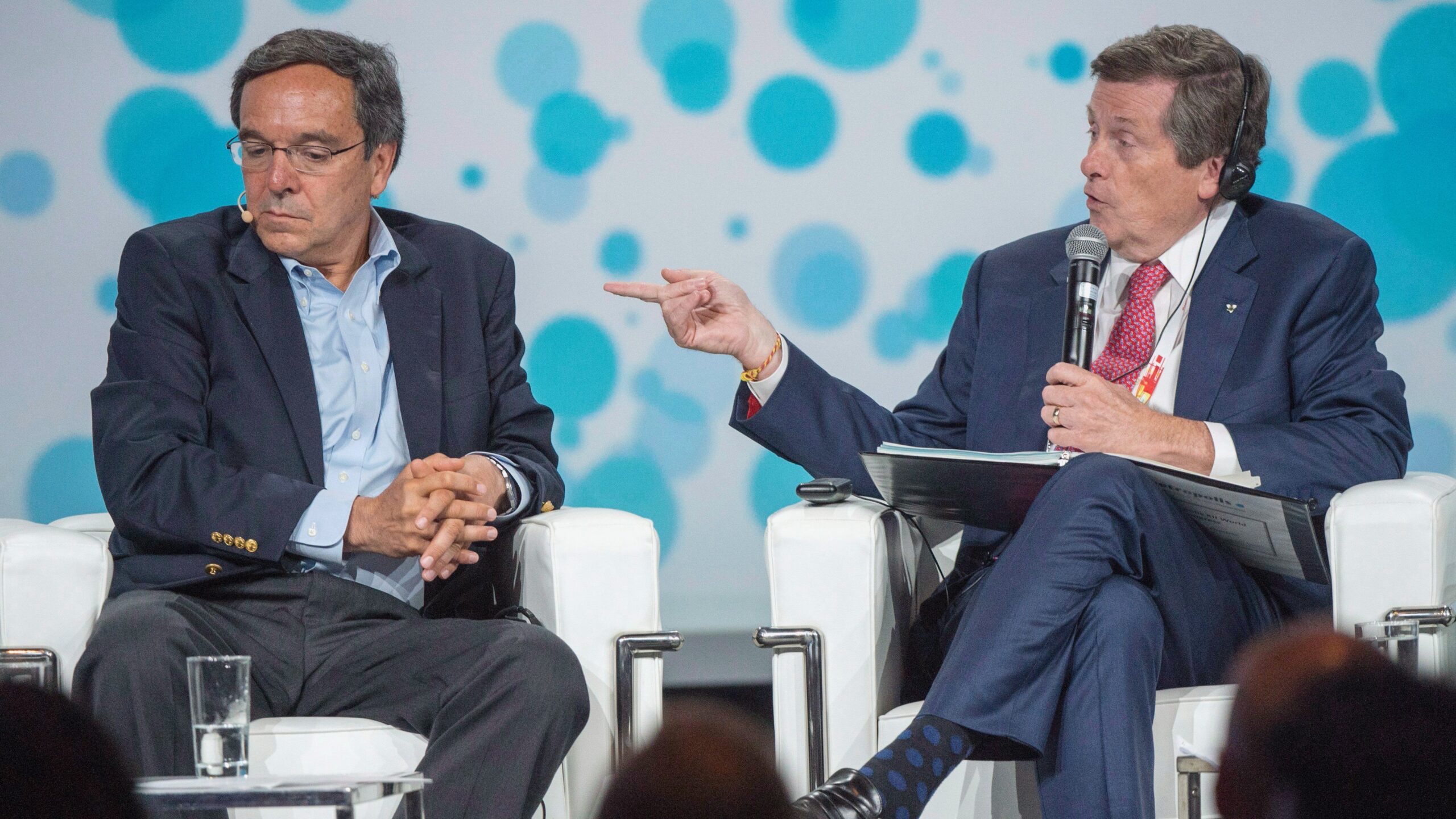Social media has become a significant part of people’s daily lives. Almost anyone with a phone has social media, whether it be Twitter, Instagram, or TikTok.
Increasingly, politicians are using social media in order to attract a younger audience of voters. This was no different for Toronto’s municipal elections in October.
Many local politicians have used social media platforms to promote their intention to run for office and to inform Toronto citizens about what they hope to achieve, when they are elected as mayor or councillors.
Annette Borger-Snel, a public relations program coordinator at Humber College, said there are many benefits to using social media, particularly in political campaigns.
“It’s kind of [a] fundraising aspect and you can reach an audience that you may not reach in other ways,” she said.
Elections Canada reported that in the 2021 federal election, 42 per cent of voters were targeted by election advertisements on at least one social media platform. Part of the lure of using social media is the rising number of young voters who have been exposed to social platforms most of their lives.
The other was practical. COVID-19 placed restrictions in campaigning face-to-face, including the 2021 federal election.
Social media campaigns — first used successfully by President Barack Obama — allow candidates to keep advertising costs down and converse directly with constituents.
Blake Acton, who ran for mayor of Toronto, used multiple forms of social media to let people know he was running for office. It was initially an alternate strategy devised by his campaign manager, Jane Dempsey.
“So we used Reddit, we used Twitter, we used Facebook and various other things, ways to add avenues to get to the population in general,” Dempsey said.
Along with using social media and a digital media management site called Hootsuite, the campaign became largely successful in gaining followers in a short period of time.
“We ended up with over 7,000 people following,” Dempsey said.
Another Toronto mayoral candidate, Gil Penalosa, used social media to introduce himself to voters and raise awareness about his campaign. Penalosa said different platforms were used to target people of certain age groups.
Penalosa said Twitter was used to target older voters, while Tik-Tok and Instagram were used to reach younger voters.
Penalosa said social media was so successful because of its reach, particularly for younger voters, compared to mainstream radio and television.
Borger-Snel said it’s hard to predict how votes are going to turn out.
“What social [media] will give you though, is a sense of what the voting public is thinking,” she said.
Although many of the local municipal election candidates utilized social media, there wasn’t much public awareness surrounding advertisements for the 2022 municipal election itself, especially among some of the younger generation of Torontonians.
The reality of social media and being smart when using it is understanding it comes down to demographics and algorithms.
“So, Facebook maybe goes for one demographic? How many people are [on] Twitter these days?” Borger-Snel asked.
Older generations generally are less apathetic than their younger counterparts, and Borger-Snel said she was seeing lots of public awareness for the municipal election.
“I did see a lot of ads, but they were tied to some sort of blog post on LinkedIn,” Borger-Snel said.
Paul McLean, a Toronto resident, was informed about the election happening from the time it began. Although he said he does not use social media regularly, he does believe that there should be more awareness about the election digitally.
“That’s a good way to reach out to the younger generation. People are always tapping into it,” McLean said.

